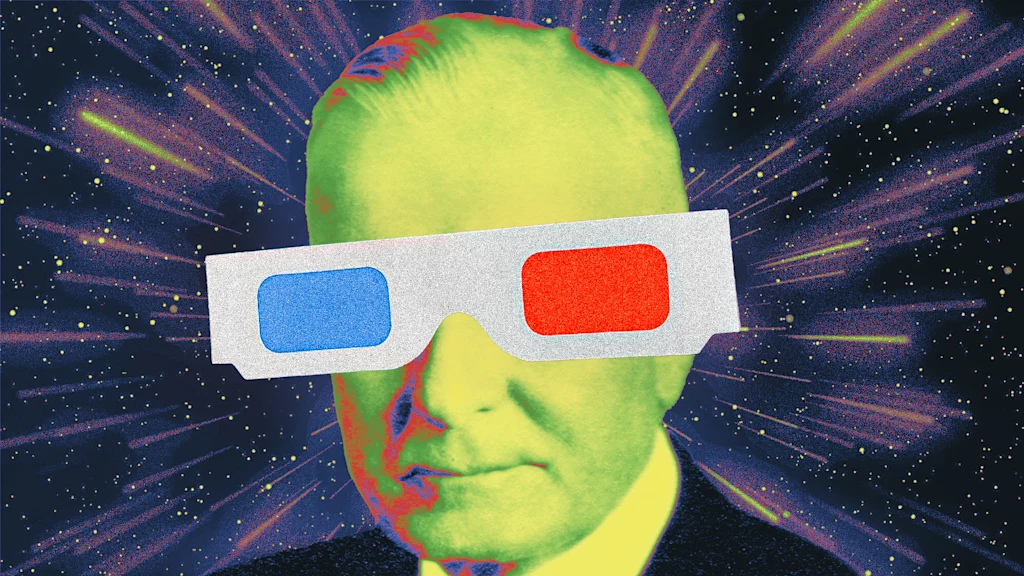
"When Peter Drucker first met IBM CEO Thomas J. Watson in the 1930s, the legendary management thinker and journalist was somewhat baffled. "He began talking about something called data processing," Drucker recalled, "and it made absolutely no sense to me. I took it back and told my editor, and he said that Watson was a nut, and threw the interview away.""
"Things that change the world always arrive out of context for the simple reason that the world hasn't changed yet. So we always struggle to see how things will look in the future. Visionaries compete for our attention, arguing for their theory of how things will fit together and impact our lives. Billions of dollars are bet on competing claims."
"But it was his son Thomas Watson Jr. who would transform the industry in 1964 with the $5 billion gamble (nearly $50 billion in today's dollars) on the System/360, a platform that would dominate the computing world for two decades. It was, essentially, the Apple iPhone and Microsoft Windows of its time, combined. Just as the elder Watson had foreseen, data processing became central to how industry functioned."
When Peter Drucker encountered early visions of data processing, contemporaries found the concept baffling. Innovations often appear out of context because existing systems have not yet adapted. Visionaries advance competing frameworks and attract substantial investment even amid uncertainty. Historical patterns provide a basis for anticipating the effects of current advances such as artificial intelligence. Thomas Watson Jr.'s System/360 reshaped computing and dominated for decades. Heavy computer investment in the 1970s and 1980s coincided with declining measured productivity, producing the so-called "productivity paradox" and questioning assumptions about immediate economic returns from technology.
Read at Fast Company
Unable to calculate read time
Collection
[
|
...
]